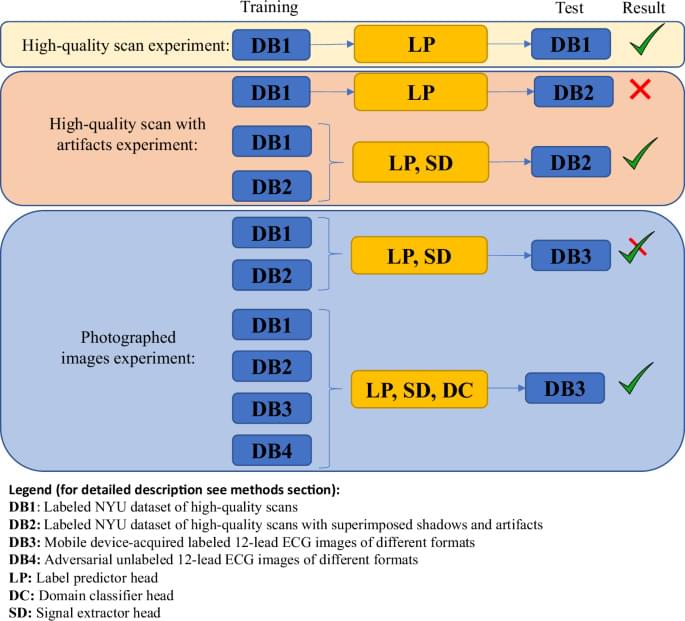Urinary stents and catheters are implanted medical tubes that are widely used in human and veterinary medicine to drain urine to/from the bladder. Ureteral stents are used when the ureter, the duct between the kidney and bladder, is blocked by tumors, pregnancy, stones or anatomical narrowing.
Biofilm, produced by bacteria, and crystalline deposits, called encrustation, grow on the inner and outer walls of such stents and catheters soon after implantation and are among the main causes of failure of these devices because they lead to painful blockages and urinary infections.
To mitigate these issues, urinary stents and catheters therefore must be replaced every two to six months, which not only considerably restricts the quality of life of those affected but also leads to high hospital load and costs.









